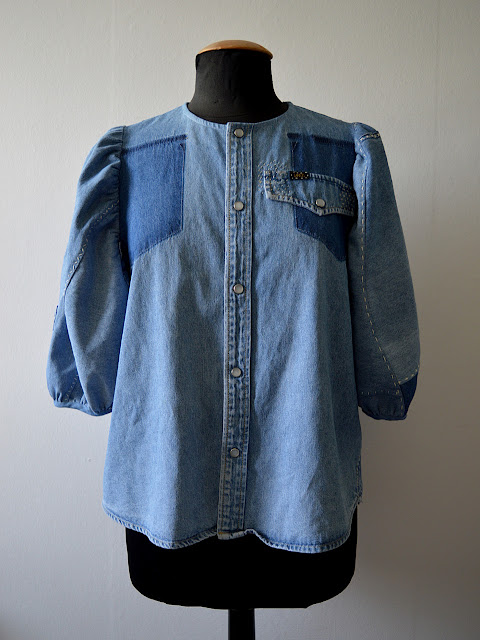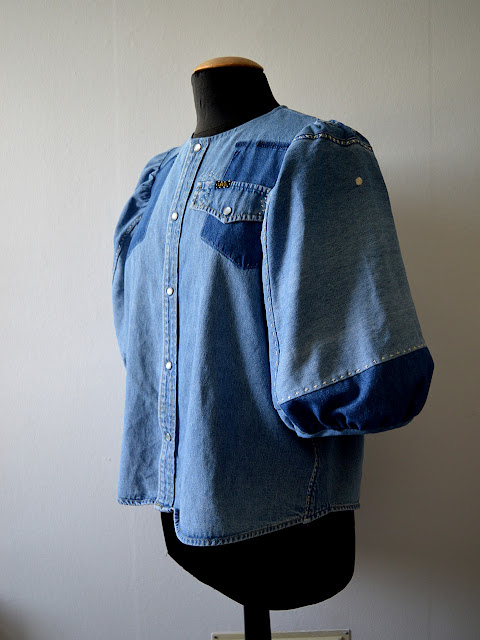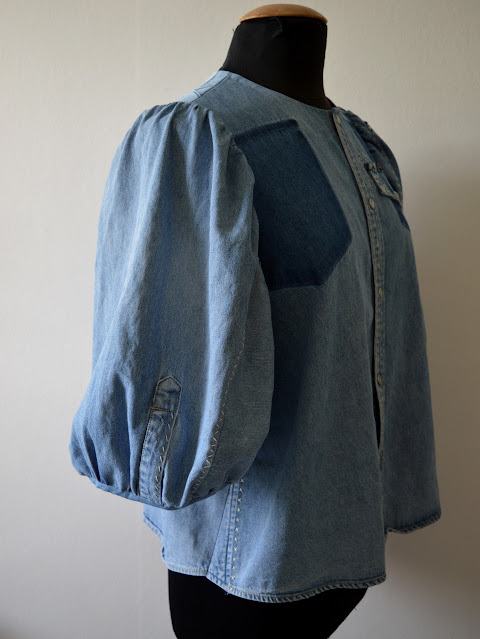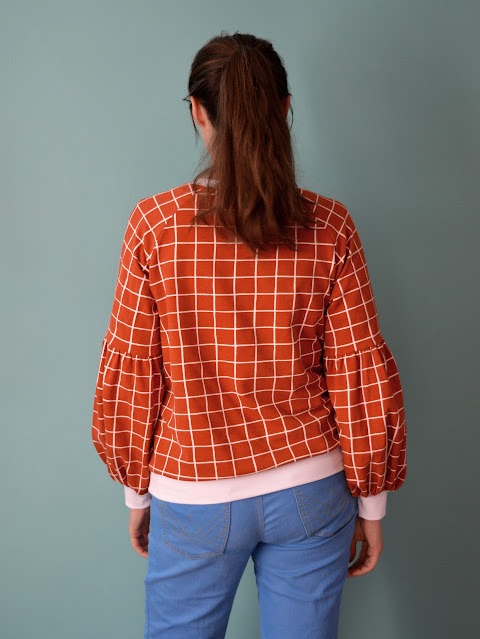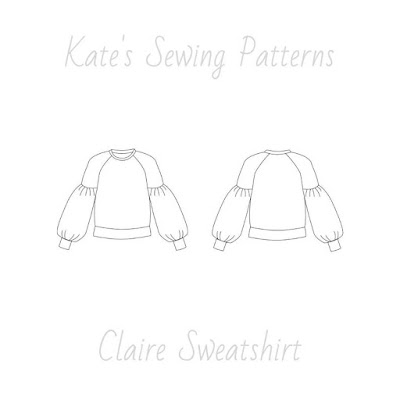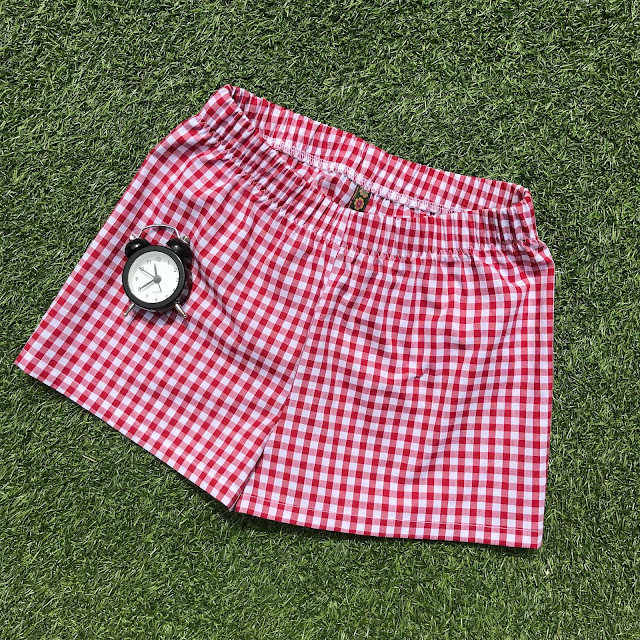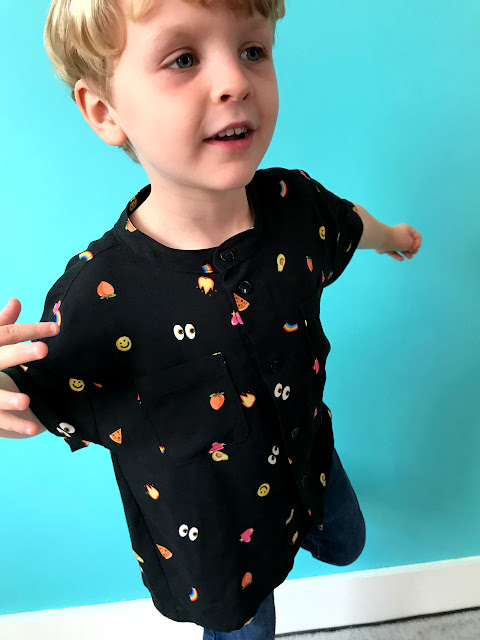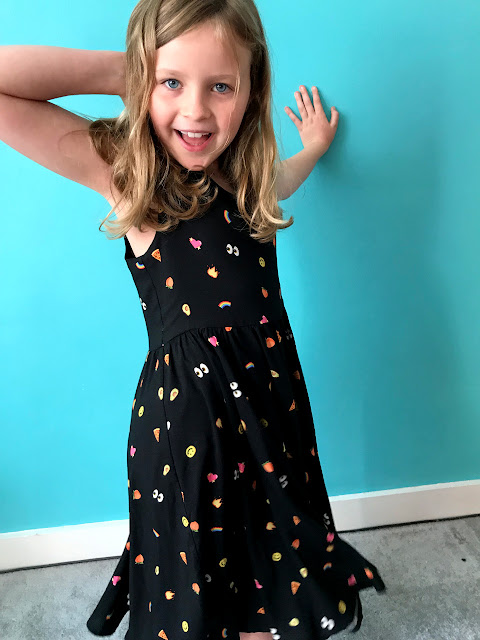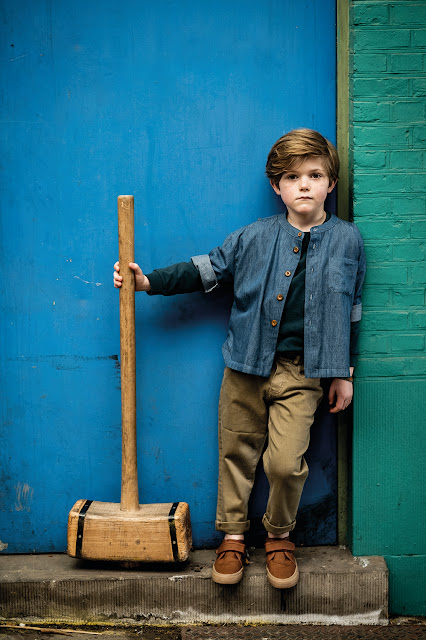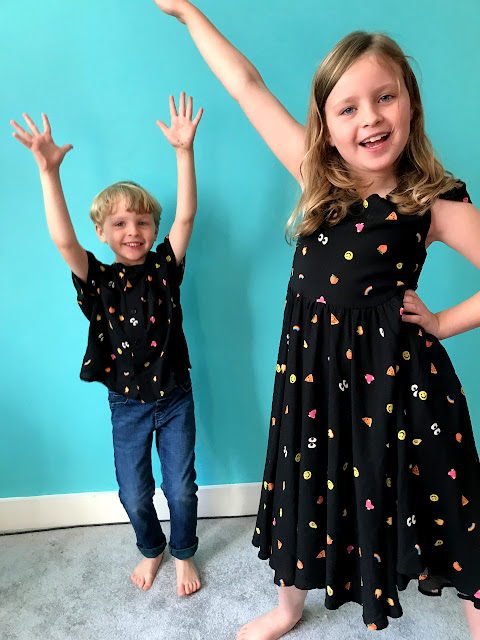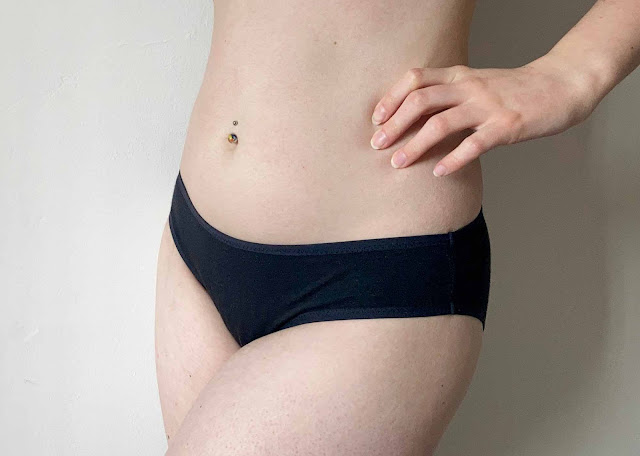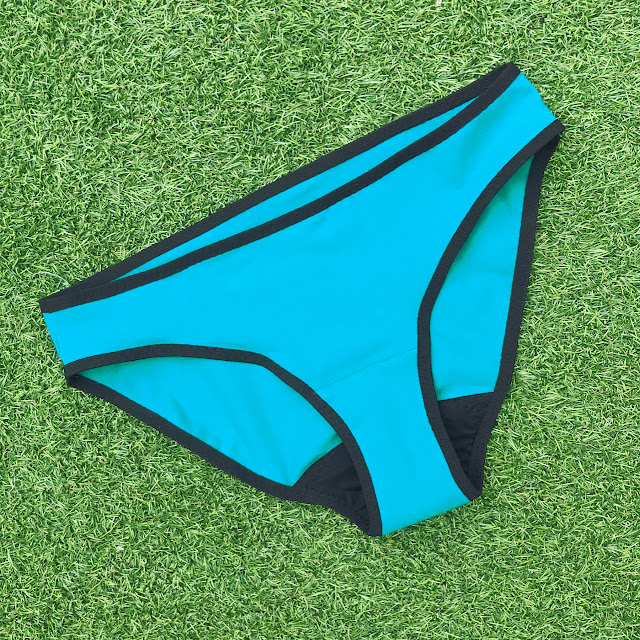Welcome to my monthly 'Free Pattern Friday' feature, where I road test a free sewing pattern or tutorial: sometimes a children's one, sometimes an adult's one. I publish these posts every first Friday of the month, timed to provide inspiration for those who plan to get their sew on over the weekend. I firmly believe that, if you pick your projects carefully, sewing doesn't have to be a crazy-expensive way to clothe yourself and your family. Thanks to all the amazing pattern designers who have offered up their hard work for us to enjoy for free.
Ugh! I hate to be the one who mentions the C-word so soon (I'm talking about Christmas! Get your mind out of the gutter) but somehow it's October. If you've ever decided to make a bunch of Christmas presents, or presents for any other holiday you celebrate, you know that starting too soon to the actually event always results in masses of stress. So I'm dropping this post well in advance in case you decide to give this project a go in time for Christmas. Massive thanks to Bombazine for doing all the work to make the perfect oven mitt pattern and sharing it with the world of us to enjoy for free.
For the record: I only condone making presents for anyone if you absolutely want to, not because you think you should, and ONLY if that person has a history of appreciating handmade items AND values your time and skills.
Pattern type:
I love the description on the Bombazine website: 'This oven mitt is a quick and easy project designed to use up your fabric remnants and scraps. Perfect for beginner sewists, scrap hoarders, or any maker with an hour or so to kill.' The pattern and tutorial are combined in the same file that consists of four pages for home printing. It is clear and beautifully designed, and accessible by adding it to the cart on their website (no payment necessary).
Sizing info:
This pattern is one size, and fits most adult hands. If you need to tailor the fit, you could try altering the scale on your printer settings to make it smaller or larger.
Fabric info:
This is the absolute ideal project to bust some of your fabric scraps and leftovers that you may have hoarded from previous projects. For the outer layer, natural fibres are going to be your best choice to avoid any accidental melting when they come into contact with heat. The pattern recommends medium/heavy weight fabrics like drill, denim and thicker linens, however I think you could go as light as quilting cotton (or Ankara/wax print cotton like I've used for mine) if your insulating layer is pretty thick. If your pieces are large enough, you could cut the whole mitt from one fabric, or if the pieces are smaller, combine two fabrics for the different sides (as I have done). If your scraps are even smaller, you could go the extra mile and make a pieced-together/patchwork effect like the example above. The pattern also encourages decorative sashiko-style stitching if you have the time and patience (I do not).
For the middle/insulation layer, the pattern recommends using scraps of wool coating, felted wool blankets and so forth. For mine, I used scraps of wadding leftover from my Tamarack jacket project. My wadding is synthetic, so I'm guessing probably not suitable for use near flames.
For the lining layer, pretty much any light-weight woven fabric would be suitable. I used some woven poly/cotton that used to be tablecloths that my mum made for our wedding venue! Once again, you could use one complete section of fabric, or piece together scraps if you have nothing big enough.
Findings:
I really love how nicely designed and accessible this project is. It really is suitable it is for all levels of sewing experience, because you can make it as simple or as complicated as you wish. Aside from the patchwork and sashiko stitching, you could also amp up this project by hand- or machine-quilting the two sides before joining them if you wished.
I actually made this batch last winter, so if I'm honest, the sewing experience is no longer crystal clear in my memory. I saved posting about them until now because it turned out to be such a fun, quick gift project, I wanted to share it in advance of another holiday season. I kept a pair for my own home, and the other three pairs were Christmas gifts for friends of mine (all of whom appreciate my time and skills!). I batch-sewed this lot over a couple of evenings, hoovering up pretty much all my leftovers of Ankara/wax print cotton.

Would I make it again?
Definitely! It's great to have a project idea for a useful item that can be busted out at will, whenever the need arises. It's a great gender-free gift for pretty much any adult, and you don't need to know the tastes of recipient particularly well like you would if you were making something to wear. It would be a lovely last-minute house-warming present as well, now I come to think of it....





